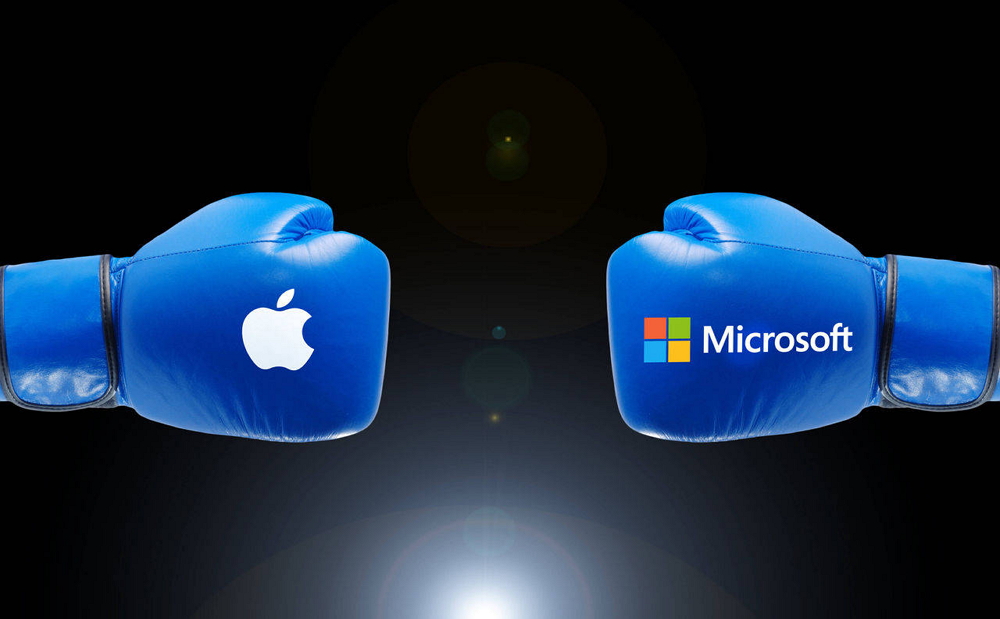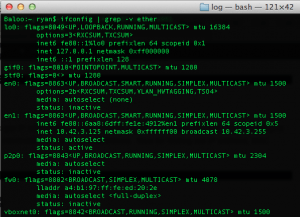 How to switch from PC to Mac
How to switch from PC to Mac
Microsoft's Windows 10 was officially launched almost 2 years ago and brought a wide range of new useful features, security improvements, and so much more to its numerous users. Sadly, not everyone was happy with the new look and feel of the latest operating system version. Plus, there were many complaints regarding faulty Windows 10 installation, lack of control over the operating system updates, etc. So, it comes as no surprise that some Windows PC users will prefer giving a try to Apple's operating systems.
Some people choose or are forced due to work-related requirements to switch from using Windows PCs to Macs. The transition is not as simple as it might seem as there are many differences from operating system installation and update processes to removing programs and finding compatible games and applications for your computer. This guide will answer some of the most popular questions regarding the switch from a Windows PC to a Mac.
Mac operating system updates
Unlike Microsoft, Apple releases a new operating system version every year. With each year, new improvements and useful features are available for the public. Hence, the newest operating system version is the best for most users and the chances your Mac isn't compatible with the latest OS X are minimum. What's more, since Mavericks version (10.9), every operating system update was free of charge. Here's what you need to do in order to keep your Mac up-to-date:
Step 1
Launch the Mac App Store program. Use Mac's Spotlight tool (magnifying glass from the upper-right side of your desktop) or go to your Applications folder to locate the App Store utility.
Step 2
Head to the Updates panel. There you will find operating system upgrades (in my case, the installed version was Yosemite so the app recommended me to upgrade to the Sierra version), security and default app updates (iTunes, Safari, etc.), and options to keep third-party programs up-to-date.
Mac App Store Updates
Back up your Mac data
Mac OS X provides you with a default utility for backing up your personal files: Time Machine. This program automatically backs up your local files and folders to a connected external hard drive or a different partition. Here's what you need to do in order to back up your data with Time Machine:
Step 1
Open the System Preferences application on your Mac. Click the "Time Machine" icon.
Mac's System Preferences
Step 2
Press the "Select Disk" button and choose the destination for the backed up data.
Selecting Destination For Backed Up Data
Step 3
Slide the bar from the left side of the window to its ON position. Time Machine will start backing up your data every hour.
Uninstalling apps on a Mac
There are various ways of uninstalling applications on Macs. The simplest method to delete a program from your Mac is to drag-and-drop the application over the Trash icon from your Dock. Unfortunately, there's a small chance that of the program's files might still be left behind. For this reason, applications like AppCleaner or AppDelete have been developed. Here's what you need to do in order to uninstall a program with the help of the AppCleaner utility:
Step 1
Launch the AppCleaner app on your Mac.
AppCleaner Main Window
Step 2
Drag-and-drop the application you wish to uninstall from your Mac. Select the related files you want to delete. Click the "Remove" button.
Uninstalling App With AppCleaner
Mac alternatives for Windows applications
Almost every default application from a Windows PC has a Mac alternative, from text editors and drawing tools to media players and file managers. Here's a list with some of the available alternatives:
- Notepad -> TextEdit (You can switch to Notepad-like basic text editing by selecting the Format > Make Plain Text option)
- File Explorer -> Finder (It took me a while to get used to the window management changes after switching from a Windows PC to a Mac. On Mac, the Quit, Maximize, and Minimize buttons from your program windows are placed on the upper-left side of the selected screen. Hence, it's on the opposite side compared to Windows app screens)
- Windows PowerShell -> Terminal
- Windows Media Player -> QuickTime Player
- Edge/Internet Explorer -> Safari
Conclusion
The transition from a Windows PC to a Mac might seem not easy, especially if you're not a power user. However, after you get used to OS X's intuitive style and its default tools, then you will realize that switching from a Windows PC to a Mac was a great idea all along.
Alternative downloads
-
 AppCleaner
free
mac
Small application which allows you to thoroughly uninstall unwanted apps.
Download
AppCleaner
free
mac
Small application which allows you to thoroughly uninstall unwanted apps.
Download
-
 AppDelete
$7.99
mac
Uninstaller for Macs that will remove not only applications but also widgets...
Download
AppDelete
$7.99
mac
Uninstaller for Macs that will remove not only applications but also widgets...
Download
-
 QuickTime Player
free
mac
Watch Internet video, HD movie trailers, and personal media clips.
Download
QuickTime Player
free
mac
Watch Internet video, HD movie trailers, and personal media clips.
Download
-
 Safari
free
mac
It renders web pages at lightning speed.
Download
Safari
free
mac
It renders web pages at lightning speed.
Download
-
 TimeMachineEditor
free
mac
Software for OS X that lets you change the default one-hour backup interval of Time Machine.
Download
TimeMachineEditor
free
mac
Software for OS X that lets you change the default one-hour backup interval of Time Machine.
Download





Comments
Subscribe to comments